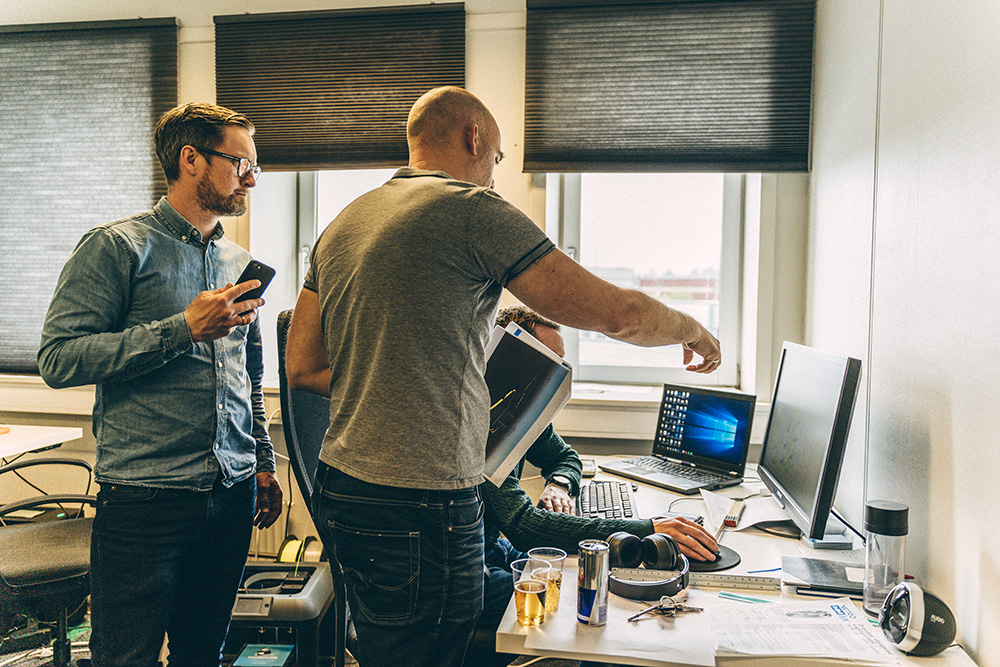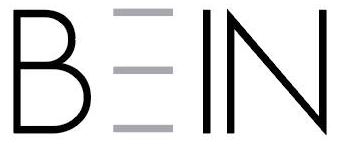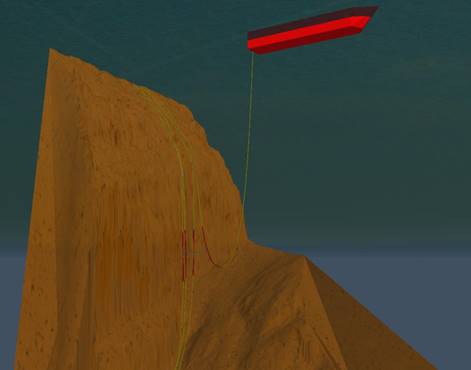CABLE INSTALLATION
BEIN has solid experience with cable installation and cable repair projects, with special emphasis on subsea cables. The installation of subsea cables is generally more complicated than installation of cables on land, as subsea cables are installed from a marine vessel. Specifications of the equipment needed for installation depends mainly on water depth and cable weight.
- Planning of marine operations
- Feasibility study/FEED study
- Cable installation analysis (subsea and land)
- Installation aids/Equipment for cable installation
Consulting Engineers / Consultants
BEIN can offer consulting engineers and consultants for execution of cable projects, and we are working closely with both Nexans Norway and BKK. Examples of services BEIN can provide are presented below. Also, be sure to read the article on how BEIN can assist with cost savings on cable repair projects.
Feasibility study / FEED study
BEIN can perform or contribute to initial studies to ensure an efficient installation process for land and subsea cables and define the key to a successful project execution. The scope of the study will be governed by the complexity of the project. Typical factors that should be considered in such early studies for subsea cable installation are:
- Cable parameters vs. water depth: The cable to be manufactured must be able to withstand the loads it may be subjected to during installation
- Route survey: A route survey over the planned cable route should be conducted at as early a stage as possible
- Metocean data: Weather data should be obtained for the area, including information on waves and ocean currents. Weather buoys should be considered installed if necessary
- Need for protection: In some areas, the cable may need protection after it is laid on the seabed. This is due to high levels of fishing or trawling activities in the area, or the likelihood that heavy vessel anchors may hit the cable.
- Seabed conditions: The seabed conditions and the topography of the seabed should be investigated in order to identify measures relating to cable free spans, overheating/reduced transmission capacity, etc.
Project execution
BEIN can contribute to the execution of projects, from project management to technical assistance;
- Project management, planning and administration for cable installation and marine operations in general;
- The development of specific procedures for cable installation and marine cable repairs;
- The performance of analyses for cable installation, typically in Orcaflex, and defining weather criteria based on recognized standards (e.g. DNV “VMO Standard” / Marine Operations)
- Follow-up on site conducted by Project Engineer / Client Rep. on the vessel during installation

Installation Aids/Products for cable installation
BEIN also has extensive experience in the design, construction and manufacturing (EPC) of aids and tools for cable installation. Typical auxiliary aids provided by BEIN are:
Cable Recovery Clamps
BEIN has experience in the design and manufacturing of clamps for both power cables and umbilicals for the oil and gas industry. Clamps are designed in accordance with the customer’s preferences and needs, and they can be made ROV-friendly for easy subsea connection. Such clamps are often used for cable recovery during repair of damaged cables.
Bellmouth
In projects where the cable are pulled a shore from the vessel through a pull in pipe, it is recommended to install a Bellmouth on the sea side of the pipe, in order to ensure that the cable is not subjected to sharp edges and unnecessary abrasive wear. BEIN supplies Bellmouths, both in plastic and steel, for use at any water depths. The Bellmouth are designed for easy installation, either by ROV or by divers.
Bend Restrictors
Bend restrictors are aids that are attached to a cable to prevent it from over bending. This is often used where the cable is hung off, terminated, suspended or in other scenarios where there is an increased risk of the cable overbending during installation.
Bend Stiffeners
A bend stiffener is an aid typically attached to a cable at termination or hang off points. This is primarily used to provide additional stiffness at the points of interest and prevent the cable from fatigue over time.
VIV Strakes
Vortex Induced Vibration (VIV) is a phenomenon that can occur in cables in free spans and where the cables are simultaneously exposed to underwater currents. The underwater currents hit the cable and generate vibrations at a certain frequency. If this frequency is close to the eigenfrequency the of the cable itself, the cable will be subject to fluctuations. This can cause fatigue breaks in the cable, which will directly affect the cable’s life time. VIV strakes are spiral-shaped fins that are attached to the cable to break generation of the pattern that causes VIV. Thus, they help increase the cable’s operational life in areas with significant underwater currents.
Other Installation Aids / ROV tools
For complex installations (or marine operations in general), specific needs or requirements may be introduced in order to be able to perform the job in a safe and secure manner. BEIN has experience in the engineering, design and manufacturing of a variety of tools and aids, tailored to the customer’s special needs, such as:
- Custom ROV tools
- Turnpoint anchors
- Clump weights
- Initiation anchors
- Lifting tools
Analyses related to offshore cables
BEIN has solid analytical experience. We can provide the following analyses in connection with cable installations:
Installation analyses
Installation analyses are performed in order to define weather criteria for the operation and to document that the operation can be performed without compromising the integrity of the cable. This is done in the interests of both the contractor and the end customer, and it is often required by the insurance company. BEIN performs dynamic Orcaflex analyses in accordance with recognized standards (DNV VMO / Marine Operations), and can define weather criteria for the operation.
Free span analyses
Free spans may occur when the subsea cable is installed between two points on the seabed without support in between. Free spans are not necessarily dangerous, but it is important to investigate and document that the cable can withstand the freespans. A cable’s allowable free span will depend on the strength of local currents and the cable’s properties, which in some cases can cause VIV (Vortex Induced Vibrations). BEIN can perform simplified free span analyses and we work with partners who can assist with more complicated VIV analyses.
Landfall
BEIN Engineering has Landfall experience from several projects. We have participated in the early stages of concept development, finding the best technique for getting the cable end onshore. Considering cost, operational risk, environmental constraints (weather, current, tide) and consent requirements. And worked through the various stages of detailed engineering. We have written the procurement specifications for a range of technical solution such as HDD (Horizontal Directional Drilling), Direct Pipe solution or traditional method taking the cable in on rollers. And then written the pull-in procedure with detailed task plan for the chosen method, including the calculations required for float-in, work boats and winch power. BEIN personnel have also participated in the physical operations both in the construction period and during cable pull-in.





